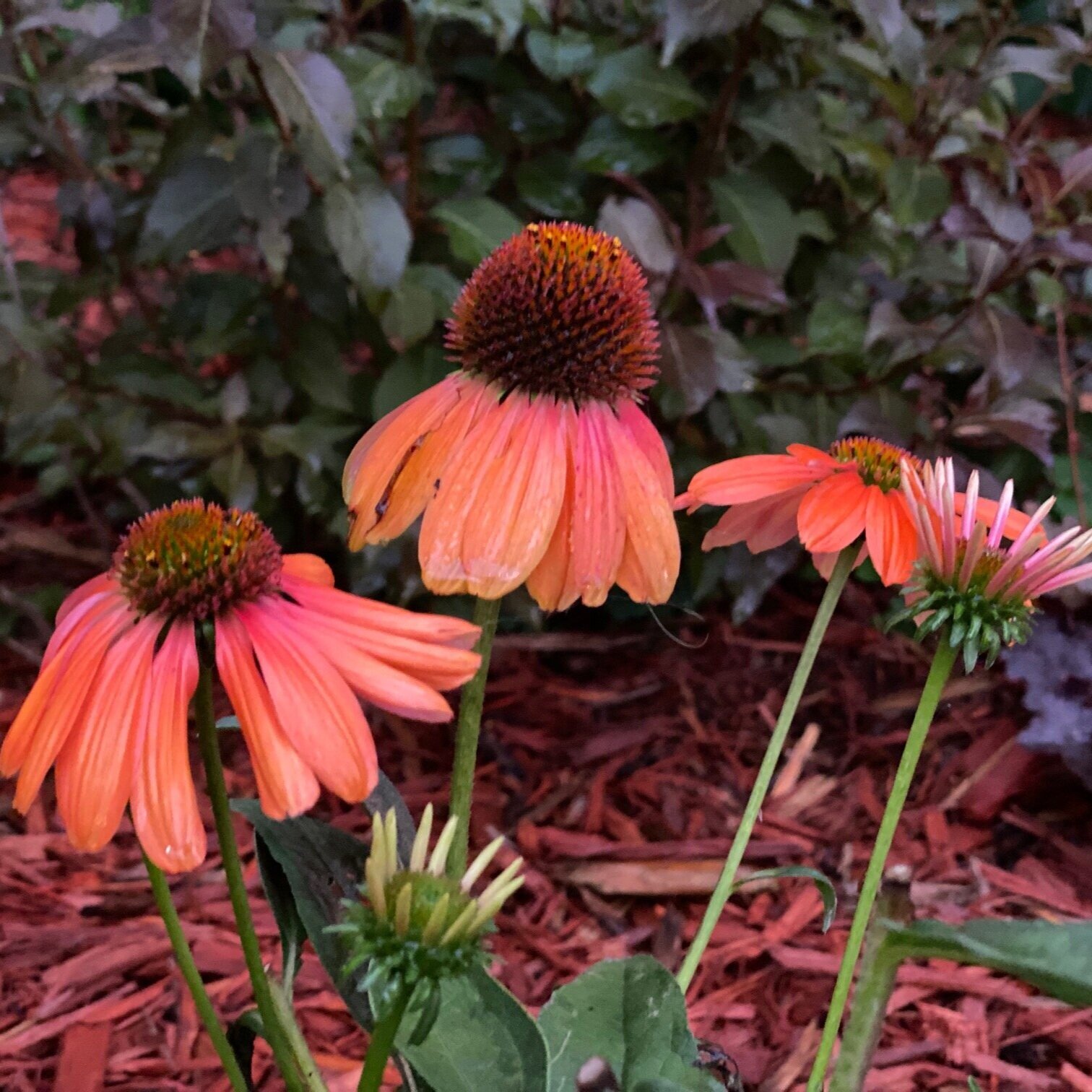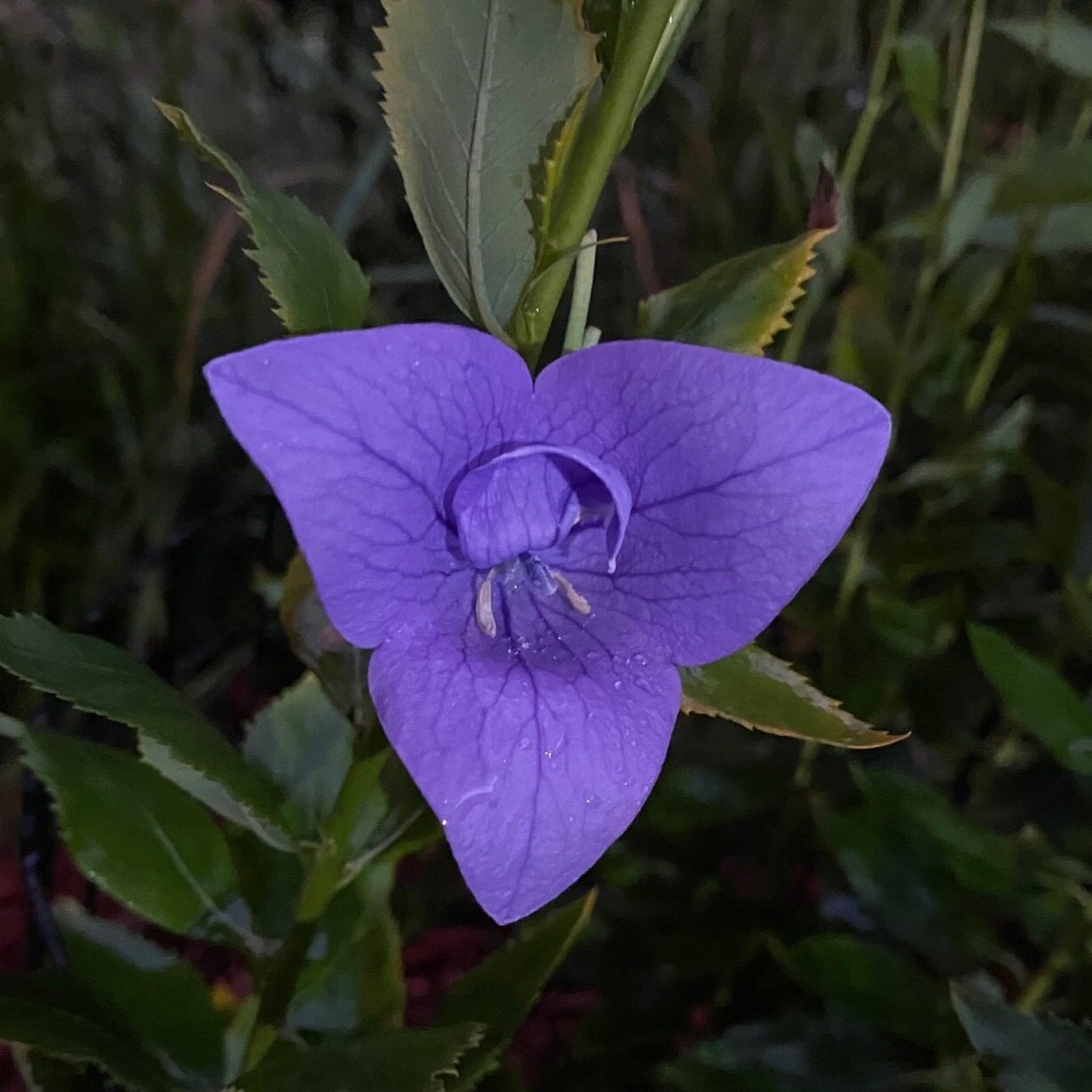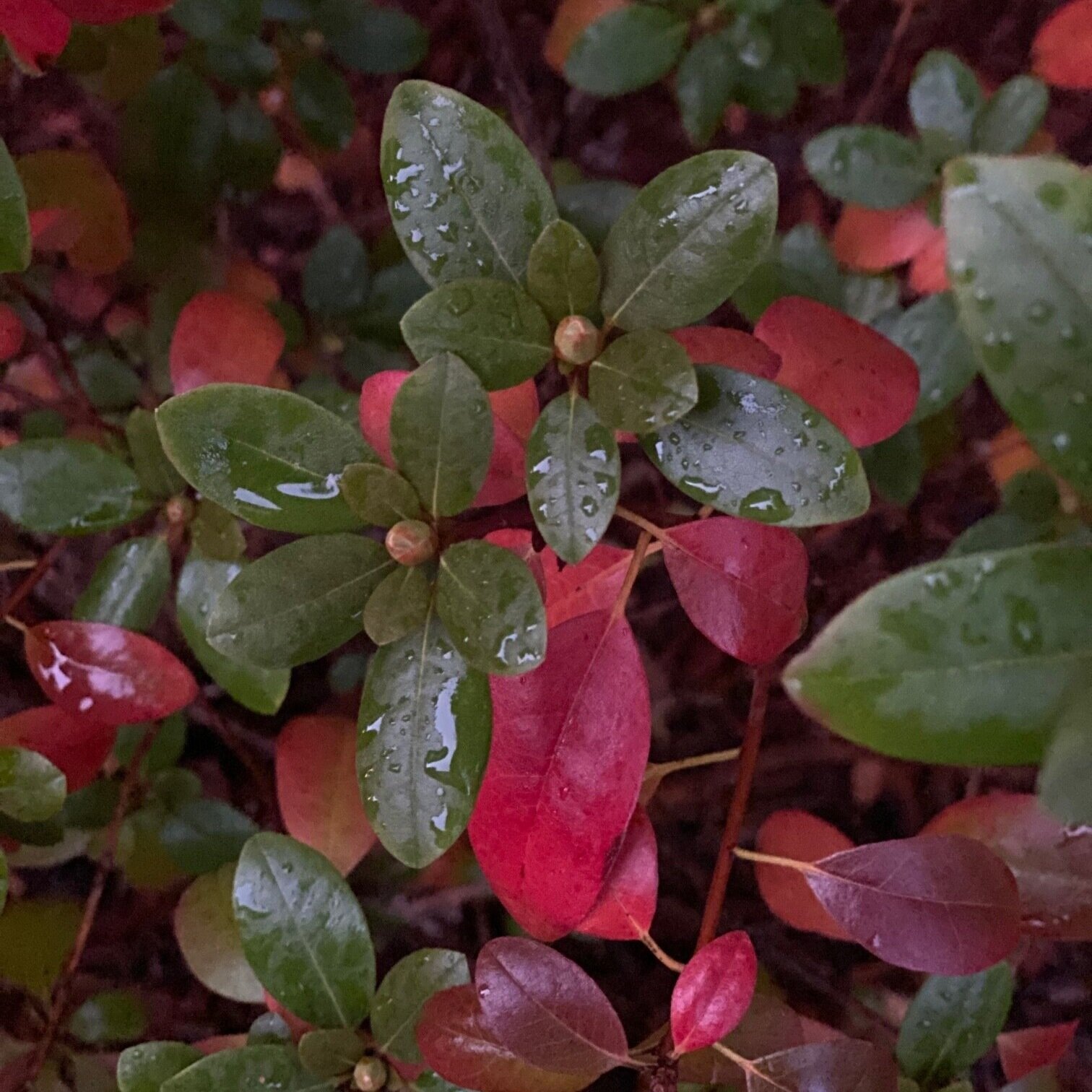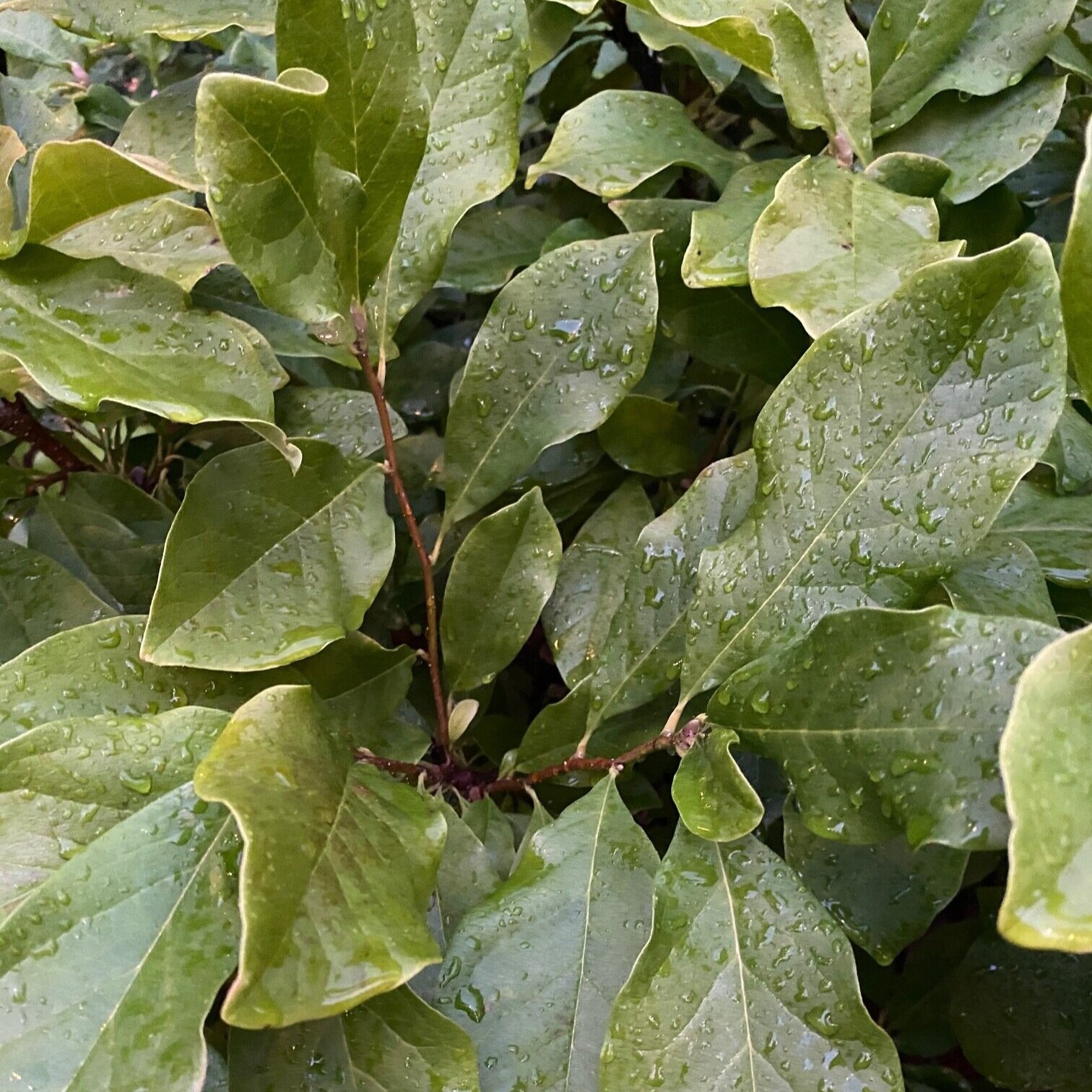BCI Post #5
10.2.2021, Backyard
Overcast, light mist, (66℉), 6:55pm
The objective of today’s observations was to list and briefly describe organisms that may perform relevant functions for design challenges.
BE
This evening with my eyes closed, I noticed primarily the damp chill in the air, my cold metal seat, and the fresh smell from the rain. After such a dry summer, each day like this is a welcome relief. I noticed many similar sounds; crickets, frogs, cicadas, cars, doors opening and closing, ambulances in the distance, airplanes overhead. At the particular moment I was outside the birds were quiet, however as I was working today with the window open they had been flitting in and out of the cedar trees. They are so playful, I always wonder what they are up to. The squirrels and rabbits were also MIA this evening.
As I was relatively uncomfortable outside, I cut my BE session sightly short.
CONTEMPLATE
Thinking about the relationships between the plants and animals in my backyard today, I wondered about the playful birds in the cedar trees (as mentioned above). I read that the trees in my yard are Northern White Cedars and they provide excellent habitat for small birds. They are perfect for nesting and provide an excellent food source to the birds and other small mammals like our gray squirrels, red squirrel, chipmunks, and rabbits. I love having so much nature and wildlife in my backyard despite living so close to the city.
We also have wasps that hoard around our magnolia tree for the honeydew, rabbits love our small clover lawn, and ants are abundant in our elm trees. It is interesting to “Google” these relationships as often the first few of links are about “pest control;” strange how often humans want to intervene in these naturally occurring relationships.
IMAGINE
Magnolia Tree - produces honeydew that attracts wasps and hornets
Rhododendron - leaves turn a vibrant red color in the fall
Cone Flower - converting energy from deadheading to create new blooms.
Cone Flower - leaves open in a spiral, unfurl from the inside out, cone expands for optimal pollination
Clovers - leaves fold at night
Grass - grows despite weekly trim, although not as drought tolerant as clovers
Mycelium - a network of mold growing in mulch
Red Squirrel - trill to call out predators
Chickadee - calls of distress
Fern - uncoiling, spiraled leaves
Squirrels - winter survival; fat stores, hoarding seeds & nuts, and how they will survive this winter with a lack of rain to produce other fruits and seeds throughout the season
Birds - molting feathers
Spider Webs - provide shelter, protection, and nutrition
Deceased Chipmunk - decomposing and providing nutrients to the plants and insects
Ants - aiding in decomposition of chipmunk and feeding on other organic waste
Red Turtlehead - provides nectar for bees
Red Turtlehead - tightly-packed, spiraled orientation of flower buds
Low plants maintain the integrity of our front hill - if we didn’t have these plants maintaining the structure of our soil (which is sand-like in places) the entirety of our hill could slide into the street
Cedar Trees - root systems communicate
Wasps - how do they integrate into the yard aside from feeding on the Magnolia honeydew?
Worms - enriching the soil
Balloon Flower - the shape pre and post-bloom
Creeping Jenny - ground cover plant
Silver Maple - providing shade, playground for the squirrels, beautiful leaves, and fall color
Hostas - provide shelter for rabbits and chipmunks, but I’ve also seen a neighborhood cat hide in here and hunt
Boxelder Bugs - there has been an influx of these lately
Milkweed - several plants in our front yard, ideal for monarch butterflies
Monarch Butterflies - so beautiful!
Allium - bees loved it in bloom
Honey Bees & Bumble Bees - do they pollinate differently?



